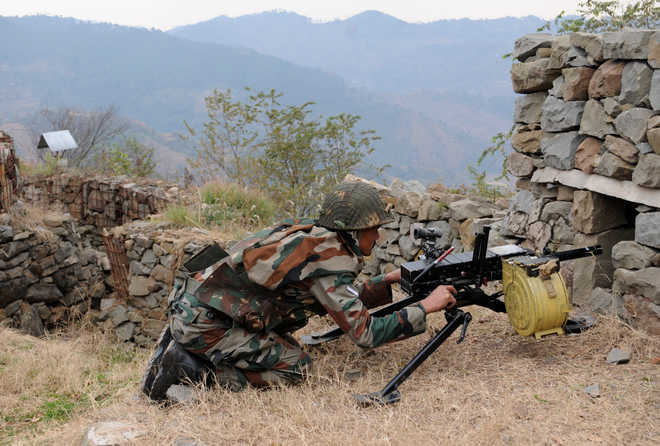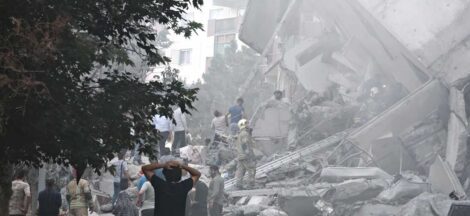Satellite images released by the Indian Armed Forces show significant damage to terror sites across Pakistan and Pakistan-Occupied Kashmir , confirming the precision and impact of the military operation dubbed Operation Sindoor. The visuals highlight the destruction at key targets, including Muridke and Bhawalpur, which have been associated with multiple militant groups. These locations were reportedly home to facilities used by groups like Lashkar-e-Taiba , Jaish-e-Mohammed , and Hizbul Mujahideen, which have long been linked to violence in Jammu and Kashmir. The military’s response follows a deadly attack in Pahalgam on April 22, which India blamed on Pakistan-based militants.
The images unveiled a before-and-after comparison, revealing the extent of the damage inflicted during the operation, which struck both terror infrastructure and military installations. The sites targeted in the mission were of strategic significance, including operational centres and airfields used for launching attacks. In addition to these, Indian forces also launched retaliatory strikes on Pakistan’s air defence radars and airfields, aiming to degrade Pakistan’s ability to launch further offensive operations.
The strike, executed as a precise missile attack, was part of India’s strategy to dismantle terror cells operating within the region. It was executed in the aftermath of the Pahalgam attack, in which several lives were lost, and which Indian authorities described as a direct act of cross-border terrorism. The operation marked a significant escalation in India’s response to what it perceives as ongoing threats emanating from across the border.
According to the satellite data, the attacks on Pakistan’s military and terror infrastructure were not isolated strikes but part of a larger, coordinated military effort. These operations targeted nine locations, with four of them located within Pakistan’s borders, and five in PoK. The sites in Pakistan included known bases in Bhawalpur, Muridke, Sarjal, and Mehmoona Joya. The PoK targets were equally crucial, consisting of multiple facilities in Muzaffarabad, Sawai Nala, Syedna Bilal, Gulpur, Kotli, Barnala, Bhimber, and Abbas.
In addition to these infrastructural targets, Indian officials confirmed that the operation also included a specific mission against Pakistan’s air defences. The retaliatory strikes on airfields and radar installations were designed to weaken Pakistan’s defensive capabilities, preventing further aerial engagements. Experts in military strategy highlighted that such operations are intended not only to neutralise immediate threats but also to send a strong signal regarding India’s resolve to protect its sovereignty and security.
While the scale of destruction visible in the satellite images has garnered significant attention, there are differing views on the implications of such a military response. Some analysts view the operation as a calculated and proportionate military retaliation, aimed at crippling the logistics and command centres of militant outfits. Others, however, argue that these operations risk escalating tensions in an already volatile region, potentially igniting further military confrontations between the two nuclear-armed neighbours.
The Indian government has justified the strikes as part of its ongoing commitment to combat cross-border terrorism and protect its citizens. Defence experts note that the Indian Armed Forces have been enhancing their capabilities to conduct more surgical and precise military strikes, aimed at reducing collateral damage while achieving strategic objectives. This operational capability reflects India’s evolving military doctrine, which focuses on preemptive strikes against terror infrastructure as a countermeasure to mitigate the threat posed by militant groups operating in the region.
The satellite images released by India offer a rare glimpse into the scale and precision of the country’s military operations. They highlight the extent to which both sides are investing in advanced technologies, including satellite imagery and missile systems, to bolster their strategic arsenals. These images are likely to fuel further debate on the nature of modern warfare, especially as nations increasingly rely on technology for conducting high-stakes military operations.




 New Chief Justice Stresses Judiciary’s Role in National Security
New Chief Justice Stresses Judiciary’s Role in National Security 